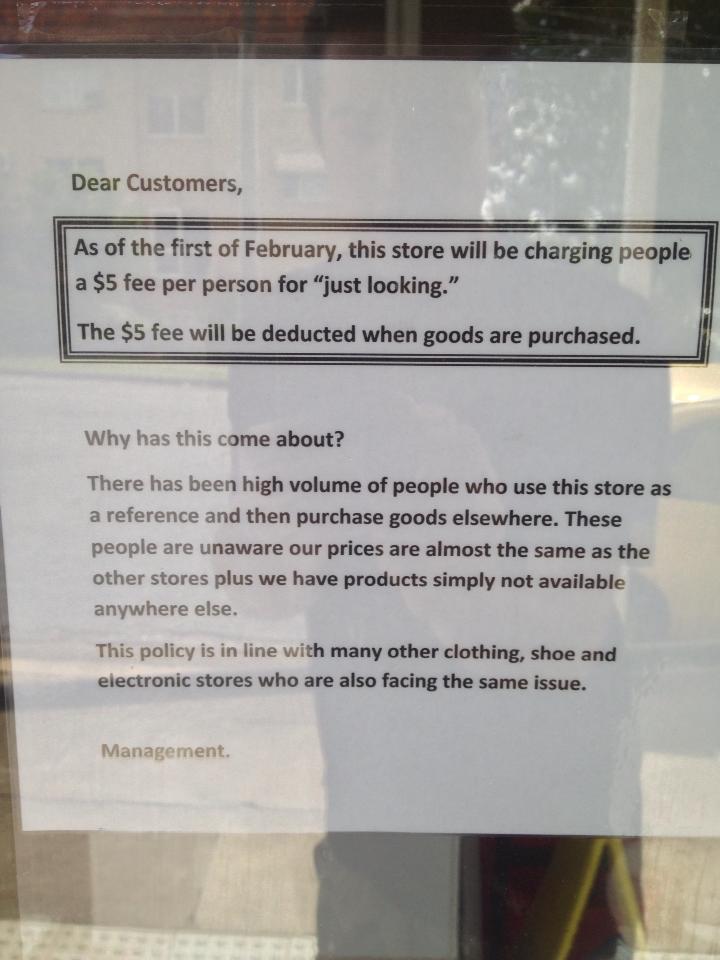
“We dodged a bullet that time, but no one is taking the future for granted,” said Janet Ecker, President and CEO of the Toronto Financial Services Alliance.
Ecker was referring to the fact that Canada’s financial services sector emerged from the 2008 global crises in better shape than many of its counterparts. The troubling questions was — what happens next time?
That question led Canadian regulators, industry leaders and academics to launch an unprecedented joint approach to deepen and broaden our understanding of what risk management really means, and what new tools are needed to head-off future market meltdowns.
“One of the reasons we avoided much of the crisis was because we have a strong working relationship between our regulators, policy makers and the industry,” said Ecker, speaking at the old Dominion Bank in the heart of Toronto’s downtown financial district. “Recent events have only served to strengthen this collaboration.”
Since the 2008 crises, Toronto has emerged as one of the world’s top ten financial centres and is currently ranked third in North America in the U.K.-based Global Financial Centres Index (GFCI). The GFCI rankings take into account such factors as global competitiveness, banking risk, capital access and global innovation.
The Toronto Financial Services Alliance (TFSA) is a public-private sector partnership focused on strengthening Toronto’s role as a global financial center. TFSA members include Canadian banks, pension funds, insurance companies and investment management firms and representatives of academia and business support services.
“The crisis also shone a spotlight on the expertise we have here in practical risk management,” Ecker continued.
“People around the world started to ask how we avoided being swept up in the crisis.”
That surge in interest added impetus to the establishment under the auspices of the TFSA of a new public-private sector think-tank, the Global Risk Institute in Financial Services (GRI).
“Part of what we learned from the crisis was that risk is a multi-headed, often multi-jurisdictional beast that can’t be managed in silos,” saids GRI’s newly-appointed President and CEO Michel Maila. “We are based in Toronto, but we are called the Global Risk Institute in recognition of the fact that financial services is a globally integrated industry.”
Maila brings more than 30 years of international finance experience to the GRI, much of that with the Bank of Montreal. He also served as vice president, risk management at the International Finance Corporation (IFC), the Washington-based private-sector arm of the World Bank Group. He sits on the International Advisory Board of the Stuttgart-based European Virtual Institute for Integrated Risk Management, and has been a board member of the Geneva-based International Risk Governance Council.
One of the priorities of the GRI is commissioning applied research. The approach is interdisciplinary and the focus is on exploring the complex, interdependent connections within global financial services. The goal is to develop practical insights that will benefit the entire industry rather than specific sectors.
A second priority is to provide opportunities to increase collaboration between various industry participants.
“Different institutions in different industries have developed some very good risk management models that could be very useful in other sectors,” said Maila. “This is why we need to get out of the silos and push for a more cross-sectoral, multidisciplinary understanding of risk management that fits today’s financial environment.”
The growing complexities of the multi-market, multi-jurisdictional system were revealed during the fiscal crises. Several very large, very respected international firms dangerously under-estimated their direct and indirect risk exposure. New technologies were creating greater markets volatility through high-frequency trading and other practices. On top of it all, firms competing for international market share pressed national regulatory bodies for regulatory symmetry with their global peers.
One of those front-line regulators is the Investment Industry Regulatory Organization of Canada (IIROC), a self-regulatory organization that overseas all investment dealers and trading activity in Canada. It establishes regulations, sets industry standards, monitors markets and enforces compliance to protect investors.
During the 2011-2012 fiscal year, that involved monitoring nearly 400 million trades involving 231 billion shares and a total value of $2.3 trillion on Canada’s three exchanges and nine alternative trading systems. And not just trades are monitored, but all messages including quotes, orders and cancellations. On an average trading day, that means a staggering 180-200 million messages.
In 2010, IIROC launched a unique, made-in-Canada technology platform to manage that flood of data. All market order and trade messages flow through the Surveillance Technology Enhancement Program (STEP).
buy udenafil online https://royalcitydrugs.com/udenafil.html no prescription
They can be monitored in real-time to ensure regulatory compliance and guard against market anomalies. It allows the regulator to act quickly if an issue arises.
“As a real-time market regulator, one of our roles is to mitigate the volatility of systemic triggers or major trades that make no sense,” said IIROC President and CEO Susan Wolburgh Jenah. “Regulators don’t like to intervene. We would rather have effective checks and balances in place.
“STEP also provides us with a rich depository of trade data that can help us identify trading patterns and trends,” she continued. “It also enables us to take an empirically driven approach to developing regulations, which is a huge benefit.”
The accelerated speeds of markets worldwide and the increased complexities of financial products mean that the Canadian financial services system cannot rest on its risk management laurels.
“There is a lot we can learn from other jurisdictions and there has been a significant increase in cross-border coordination in the past few years,” said Wolburgh Jenah, who also sits on the GRI Board of Directors. “We all want to make sure we continue to build the best possible risk management talent, policies and expertise.
”




